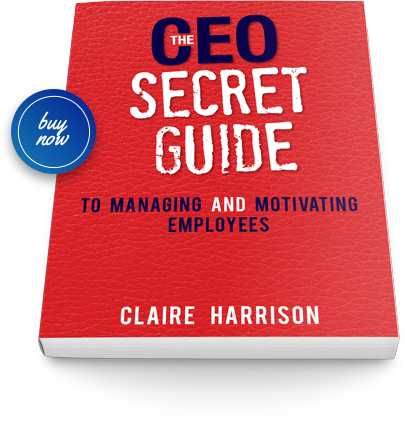I listened to Monica Lewinsky’s TED talk, which is about public humiliation, cyber bullying, and shame in our digital age. My other major take-away from Monica’s talk was the importance of empathy to others and self-love.
Monica Lewinsky was a young 22-year-old when she fell in love with her boss, who just happened to be the president of the United States – and a married man. But who hasn’t made a decision they regret in their early 20s? Something that we wish we could have the opportunity to go back and do again? Something that makes us feel shameful? Imagine that on the scale of Monica Lewinsky – a global platform for your name and face to be associated with one of the biggest US political scandals of all time and openly branded and attacked as a “slut”, “whore” and “tramp”. Lewinsky’s professional and personal life was on stage for all, and she didn’t see a way back from it. The digital age took the Lewinsky-Clinton scandal to an unprecedented level of news distribution – and this was before social media!
What is “cyberbullying”?
Cyberbullying is the deliberate use of social media platforms, information and communication technologies, new media technologies (email, phones, chatrooms, discussion groups, applications, instant messaging, blogs, video clips, cameras, hate websites/pages, blogs and gaming sites) to repeatedly harass, threaten, humiliate and victimise another with the intention to cause harm, reputation damage, discomfort and intimidation. It can be shared widely with a lot of people quickly, which is why it is so dangerous and hurtful.
Technology, the internet and social media has enhanced our ability to be connected and engaged; the technology sector is now the largest in the world. Australia is one of the most connected and engaged in the world and on average we own at least three devices. Some people behave with no responsibility while others are callous and ruthless. Victims of cyber bullying can feel powerless, lonely, upset, insecure, desperate and have feelings of refuge as there is no escape from the perpetrator who continues to harass, troll or stalk the victim. In 2015, Australia was ranked 3rd in the number of searches made on the topic of cyber bullying via Google. Cyber bullying affects 1 in 8 Australians and it’s all of our responsibility to stop and prevent it.
Legal obligations as an employer
Work health and safety legislation places a duty of care on employers to their workers. Where the employer is aware of the bullying and fails to take reasonable steps to prevent it, they may also be liable at a criminal level.
Brodie Panlock was 19 years old when she committed suicide as a result of extreme bullying by three colleagues. The bullying included taunting, offensive sexual comments, throwing food, kicking, spitting, dousing her in oil, and offering her rat poison after her first suicide attempt. The business was fined $220,000 for failing to implement policies and training on bullying. The directors and the three employees were also personally fined for breach of their duties. The case was the catalyst for the Crimes Amendment (Bullying) Act 2011 (Vic), also known as Brodie’s Law, which extended stalking provisions to criminalise bullying in Victoria and also anticipates cyberbullying as a pattern likely to cause mental or physical harm, or fear of it, and which may be penalised by up to 10 years imprisonment.
What should you do as an employer?
The following tips may assist employers in developing strategies that address cyberbullying:
- Evaluate the extent to which employees are in contact via technology, including social media.
- Include in the policy:
- A definition of bullying and cyber bullying, and include examples of conduct that may constitute cyberbullying;
- Examples of websites considered to be social media sites;
- What is considered appropriate and acceptable behaviour;
- What is considered prohibited conduct such as harassment, discrimination, professional misconduct or conduct which is otherwise damaging to the business’ reputation.
- Educate all employees on cyber bullying, how to prevent it, and the complaints process.
- Develop a reporting and investigation process for bullying and cyber bullying.
- Set out the consequences for engaging in bullying or cyberbullying behaviour.
As for Monica Lewinsky, nearly 20 years after her global shaming, she has repurposed her life to focus on the prevention of cyberbullying that publicly humiliates and exploits people. Monica also advocates that even in your darkest moments when you think life is not worth living, there is always a way to take control of your own life story.
First published on herbusiness.com
Claire Harrison is the Founder and Managing Director of Harrisons, a flourishing HR consulting business that sprouted in 2009 from Claire’s passionate belief that inspiring leaders and superstar employees are the key success factor to any business. With over 20 years’ experience, Claire has worked as a HR Director of multi-national organisations, as a Non-Executive Board Director, and a small business owner. Claire’s corporate career includes working with companies such as BHP, Westpac, Fonterra and Mayne Nickless.





